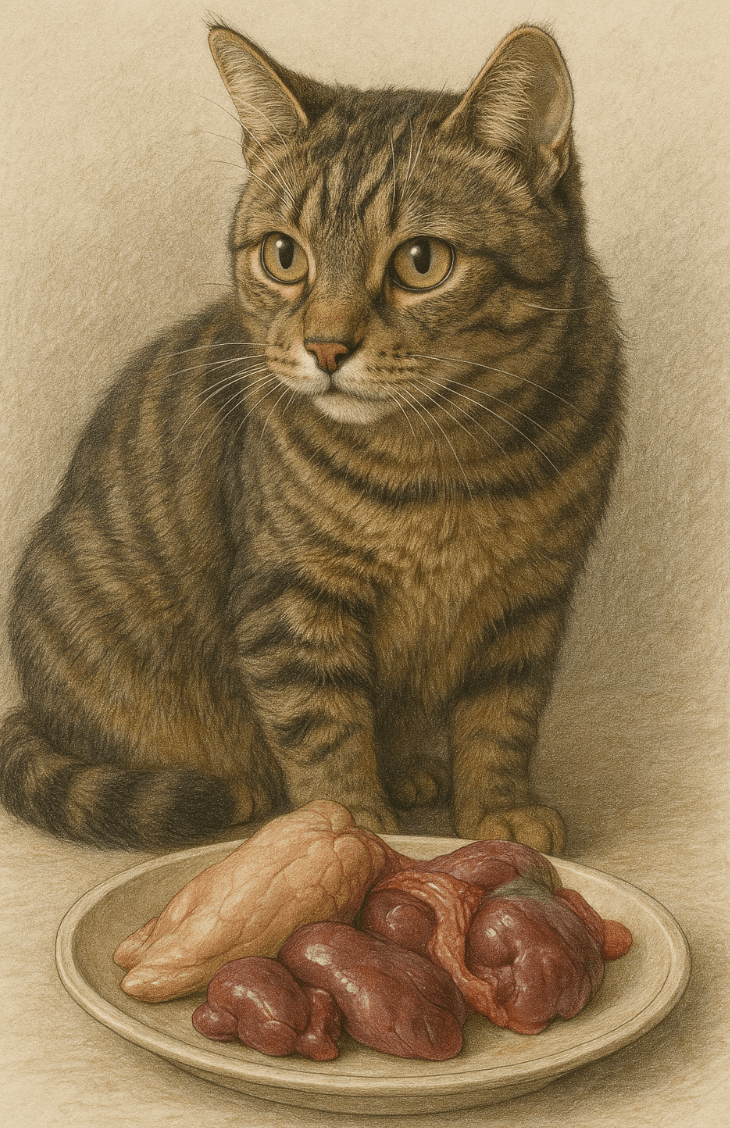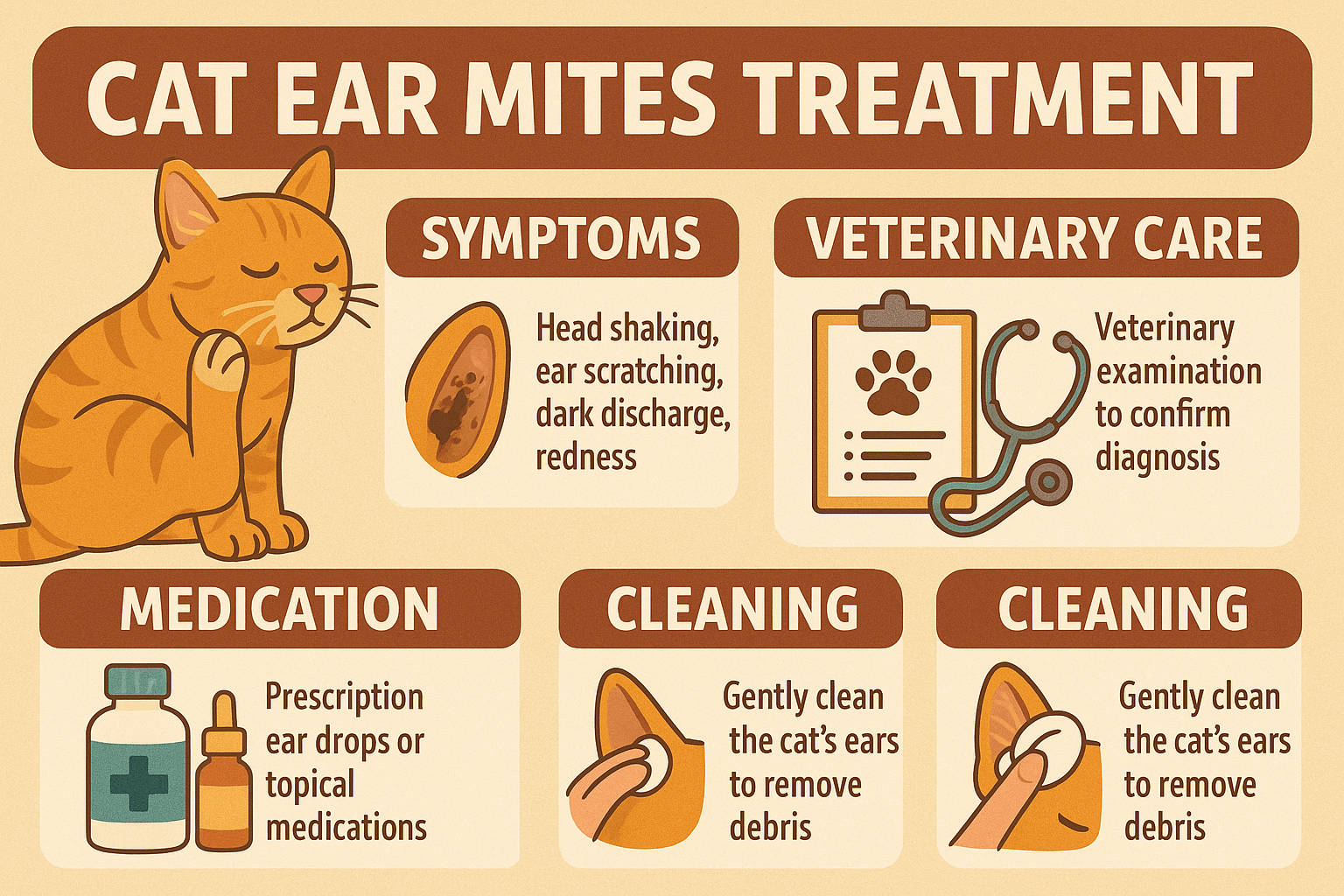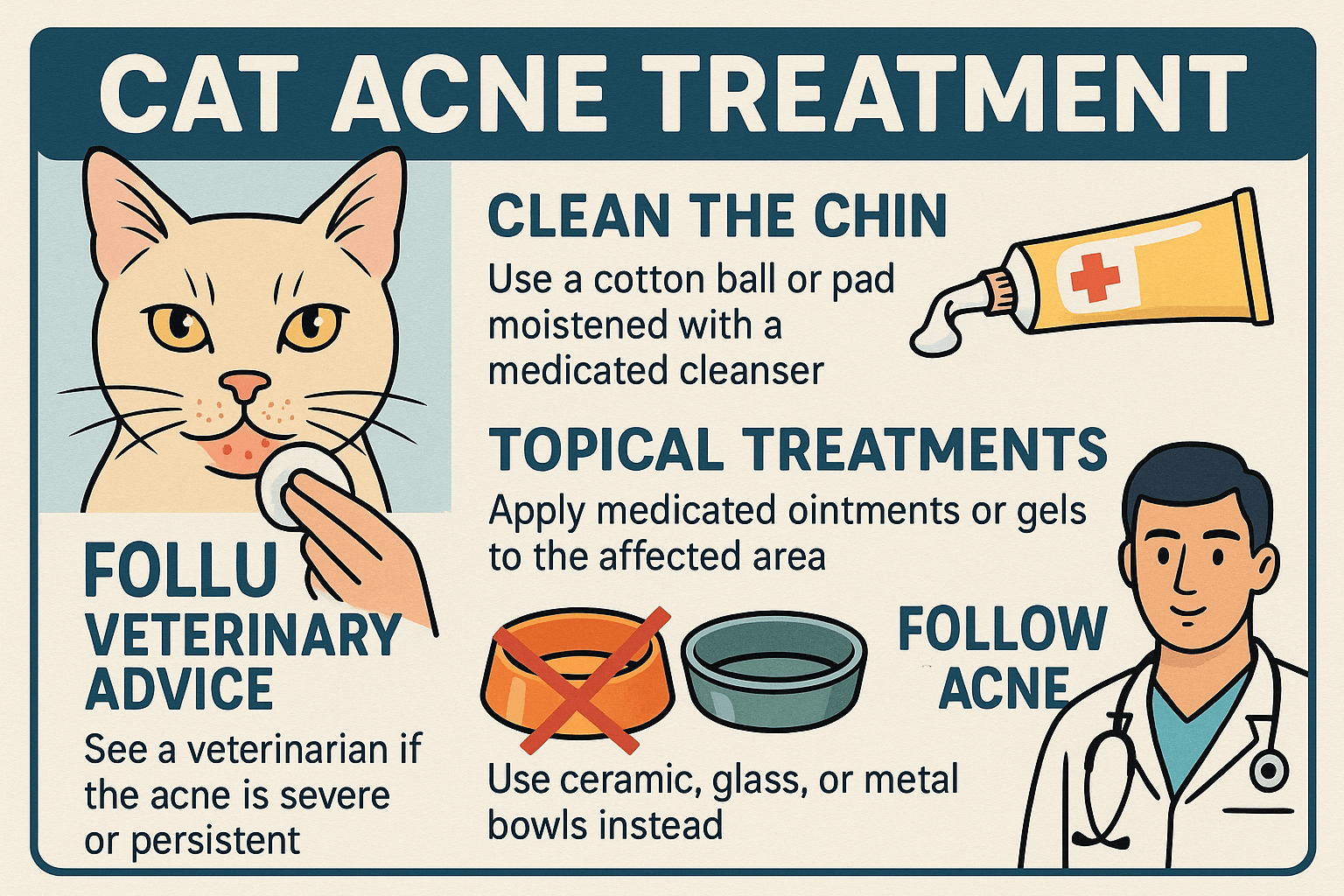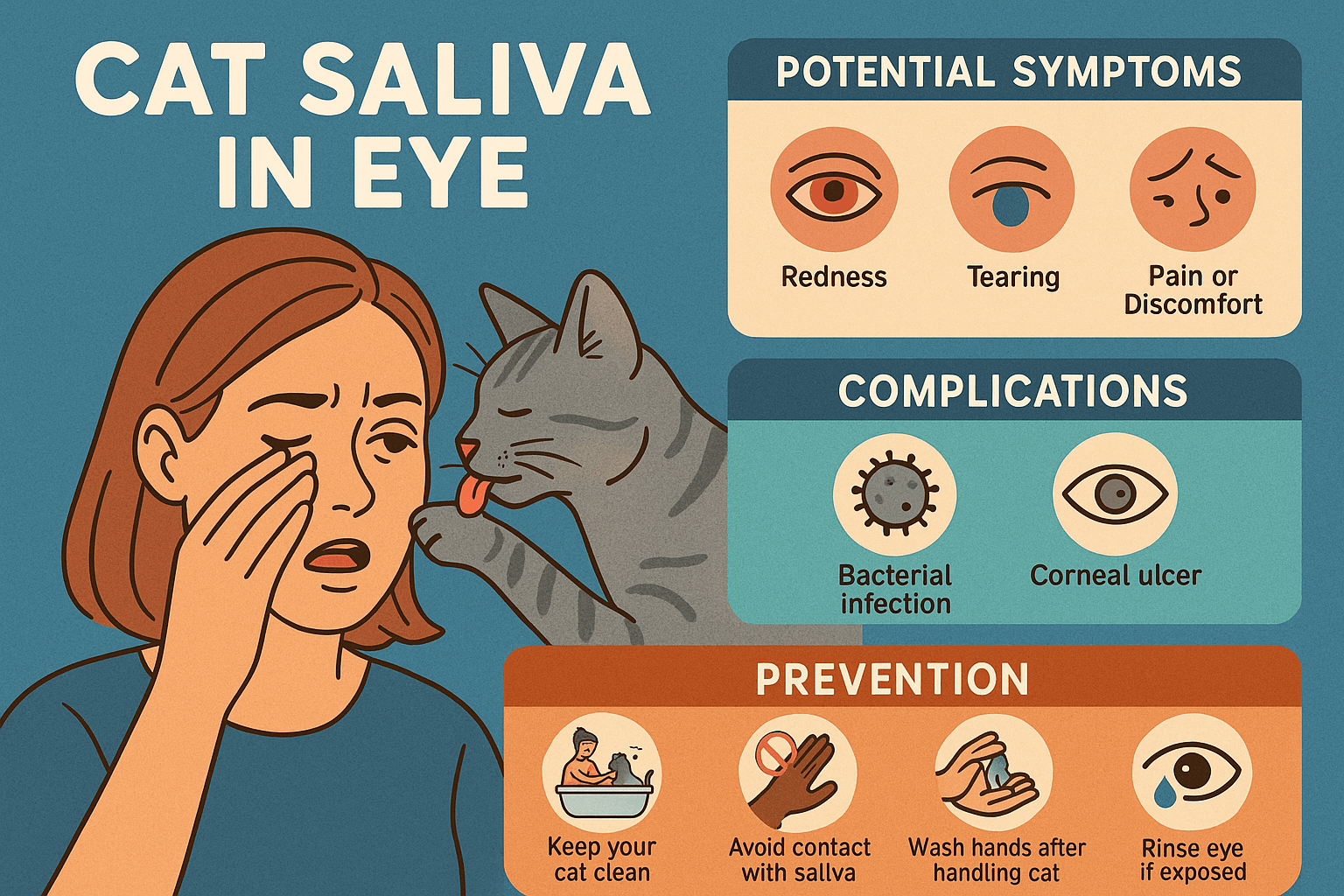Can Cats Eat Turkey Organs?
Turkey is a popular protein source for both humans and pets, but when it comes to feeding turkey organs—such as the liver, heart, or kidneys—to your feline friend, it’s important to tread carefully. Cats are obligate carnivores, meaning their diet should primarily consist of animal-based proteins. Turkey organs can be a nutritious addition to their meals, but they come with potential risks if not prepared or served correctly. In this blog post, we’ll explore whether cats can safely eat turkey organs, the benefits and drawbacks, and how to incorporate them into your cat’s diet responsibly. By understanding the dos and don’ts, you can ensure your cat enjoys a balanced and healthy diet while avoiding any adverse effects.
Benefits of Feeding Turkey Organs to Cats
Turkey organs are packed with nutrients that can support your cat’s overall health when fed in moderation. Here are some key benefits of including turkey organs in your cat’s diet.
Rich in Protein:
Turkey organs are an excellent source of high-quality protein, essential for muscle development and energy.High in Taurine:
Cats require taurine, an amino acid found in abundance in organ meats, to maintain healthy vision, digestion, and heart function.Packed with Vitamins and Minerals:
Turkey livers, for example, are rich in vitamin A, which supports immune function and skin health, as well as iron for red blood cell production.Supports Kidney Health:
The nutrients in turkey organs, such as phosphorus and B vitamins, can contribute to maintaining healthy kidney function.Encourages Natural Instincts:
Feeding organ meats aligns with a cat’s natural diet as a hunter, satisfying their instinctual cravings for nutrient-dense foods.
While these benefits make turkey organs a nutritious choice, it’s crucial to feed them in moderation to avoid overloading your cat’s system.
Potential Risks of Feeding Turkey Organs to Cats
Though turkey organs can be beneficial, they also pose certain risks if not handled properly. Being aware of these dangers will help you make informed decisions about your cat’s diet.
Vitamin A Toxicity:
Excessive consumption of turkey liver can lead to hypervitaminosis A, a condition caused by too much vitamin A in the diet.High Fat Content:
Some turkey organs, like the heart, contain higher fat levels, which may cause digestive upset or weight gain if overfed.Choking Hazards:
Large chunks or improperly prepared pieces of organ meat can pose a choking risk, especially for smaller cats.Bacterial Contamination:
Raw turkey organs may harbor harmful bacteria like Salmonella or E. coli, which can sicken both cats and humans.Imbalanced Diet Risk:
Relying too heavily on turkey organs without providing other essential nutrients can lead to dietary imbalances.
Understanding these risks ensures you feed turkey organs safely and responsibly, prioritizing your cat’s health.
Check this guide 👉Can Cats Eat Duck Feet? Best 7 Expert Tips!
Check this guide 👉Can Cats Eat Haddock? Best 7 Expert Tips!
Check this guide 👉Can Cats Eat Bone Marrow? Best 7 Expert Tips!
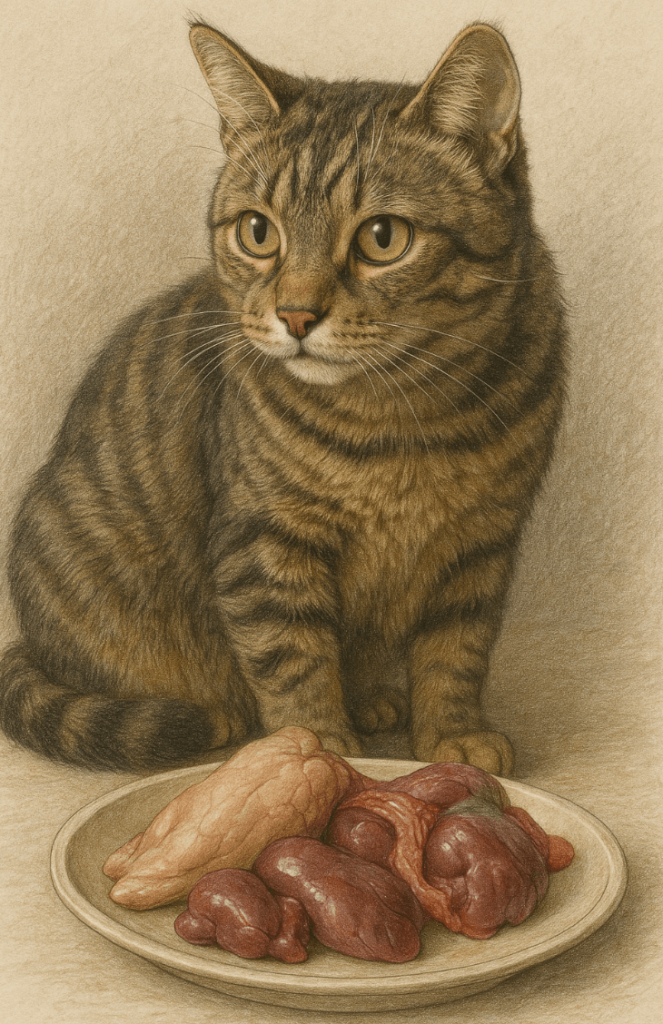
Safe Practices for Feeding Turkey Organs | Risks of Improper Feeding |
|---|---|
Feed small, bite-sized portions | Overfeeding can cause vitamin A toxicity |
Cook thoroughly to kill bacteria | Raw organs may carry harmful pathogens |
Limit servings to once or twice a week | Too much fat can lead to obesity |
Balance with other proteins and nutrients | Neglecting variety can create deficiencies |
Monitor for allergic reactions | Sudden dietary changes may upset digestion |
How to Safely Prepare Turkey Organs for Your Cat
Proper preparation is key to ensuring turkey organs are safe and nutritious for your cat. Follow these steps to minimize risks while maximizing benefits.
Choose Fresh, High-Quality Organs:
Opt for fresh, organic turkey organs from reputable sources to avoid contamination or poor-quality meat.Cook Thoroughly (No Seasonings):
Cook the organs plain without adding salt, spices, or oils, as these can harm your cat’s digestive system.Cut Into Small Pieces:
Dice the organs into small, manageable bites to prevent choking and make digestion easier.Serve in Moderation:
Offer turkey organs as an occasional treat rather than a daily staple to avoid nutrient imbalances.Observe Your Cat’s Reaction:
Watch for signs of allergies, digestive issues, or discomfort after introducing turkey organs.
By following these guidelines, you can safely incorporate turkey organs into your cat’s diet without compromising their health.
Signs Your Cat May Not Tolerate Turkey Organs
Even with careful preparation, some cats may not tolerate turkey organs well. Recognizing these signs early allows you to adjust their diet accordingly.
Vomiting or Diarrhea:
These symptoms may indicate digestive distress or an intolerance to the new food.Loss of Appetite:
If your cat refuses to eat after trying turkey organs, it could signal a dislike or sensitivity.Excessive Drooling:
Drooling may suggest nausea or irritation caused by the new protein source.Lethargy or Weakness:
Sudden changes in energy levels could indicate a reaction to something in the turkey organs.Skin Irritation or Itching:
Allergic reactions may manifest as redness, itching, or swelling around the face or paws.
If you notice any of these signs, consult your veterinarian to determine the best course of action.
Common Mistakes to Avoid When Feeding Turkey Organs
Feeding turkey organs requires attention to detail to avoid mistakes that could harm your cat. Here are some pitfalls to watch out for.
Overfeeding:
Feeding too much at once can overwhelm your cat’s system and lead to nutrient toxicity or digestive issues.Adding Seasonings or Spices:
Ingredients like garlic, onion, or salt are toxic to cats and should never be included in their food.Neglecting Portion Sizes:
Large pieces can pose choking hazards or cause difficulty chewing, especially for smaller cats.Ignoring Allergies:
Failing to observe your cat’s reaction may result in undetected sensitivities or intolerances.Skipping Veterinary Advice:
Always consult your vet before introducing new foods, especially if your cat has existing health conditions.
Avoiding these mistakes ensures a safer and healthier experience for your cat.
Alternatives to Turkey Organs for Nutritional Variety
If turkey organs aren’t suitable for your cat, there are plenty of alternative protein sources that offer similar nutritional benefits.
Chicken Hearts and Livers:
These are widely available and provide many of the same nutrients as turkey organs.Beef Kidneys:
Rich in iron and B vitamins, beef kidneys are another nutrient-dense option for cats.Fish (in Moderation):
Fish like salmon or sardines offer omega-3 fatty acids, supporting skin and coat health.Duck or Venison:
Novel proteins like duck or venison can add variety and reduce the risk of food sensitivities.Commercial Cat Foods with Organ Meats:
High-quality wet or raw cat foods often include organ meats in balanced proportions.
These alternatives allow you to diversify your cat’s diet while meeting their nutritional needs.
Tips for Transitioning Your Cat to Turkey Organs
Introducing turkey organs to your cat’s diet requires patience and a gradual approach. These tips will help ease the transition and minimize digestive upset.
Start with Small Amounts:
Begin with a teaspoon-sized portion mixed into their regular food to gauge their tolerance.Mix with Familiar Foods:
Combine turkey organs with your cat’s usual meal to mask unfamiliar flavors and textures.Gradually Increase Portions:
Slowly increase the amount over several days or weeks to allow their system to adapt.Monitor Digestive Health:
Keep an eye on stool consistency and overall behavior to detect any issues early.Stay Consistent:
Once your cat accepts turkey organs, maintain a consistent schedule to avoid sudden dietary changes.
By taking these steps, you can successfully introduce turkey organs as part of a balanced and nutritious diet.
Frequently Asked Questions About Feeding Turkey Organs to Cats
Can I feed my cat raw turkey organs?
While possible, raw organs carry a risk of bacterial contamination. Cooking them thoroughly is safer.
How often can I give my cat turkey organs?
Limit servings to once or twice a week to avoid overloading their system with nutrients like vitamin A.
Are turkey organs better than chicken organs?
Both are nutritious, but turkey organs tend to be slightly richer in certain vitamins and minerals.
What if my cat doesn’t like turkey organs?
Not all cats enjoy organ meats; try other protein sources like chicken or beef instead.
Can kittens eat turkey organs?
Yes, but only in very small amounts and under veterinary supervision to ensure proper nutrition.
Feeding Turkey Organs Responsibly for a Happy, Healthy Cat
Turkey organs can be a nutritious and enjoyable addition to your cat’s diet when fed in moderation and prepared correctly. Their rich nutrient profile supports your cat’s overall health, but it’s essential to balance them with other proteins and monitor for any adverse reactions. By understanding the benefits, risks, and proper preparation methods, you can provide your feline friend with a varied and wholesome diet. Remember, your cat’s health and happiness depend on thoughtful dietary choices—so always prioritize quality and safety above all else.
Lorem ipsum dolor sit amet, consectetur adipiscing elit. Ut elit tellus, luctus nec ullamcorper mattis, pulvinar dapibus leo.
Cat Ear Mites Treatment: Best 7 Expert Tips! Discover effective solutions to treat and prevent ear mites in cats, ensuring your pet's comfort and health with expert advice.
Cat Acne Treatment: Best 7 Expert Tips! Discover effective remedies, prevention strategies, and expert advice to treat and manage feline acne for a healthier, happier cat.
Cat Saliva in Eye: Best 7 Expert Tips! Learn how to handle cat saliva exposure, prevent infections, and ensure eye health with expert advice on safety and quick remedies.

